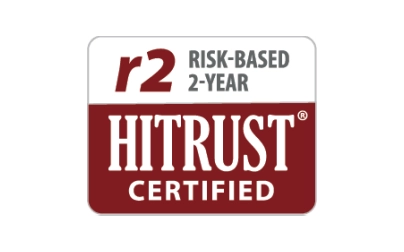Organizational resilience is a hot topic in health plan C-suites and boardrooms right now. A growing concern in those conversations is workforce strategies—a root factor of resilience.
After all, the global workforce is undergoing significant change. It’s a trend that includes remote teams, hybrid teams, the gig economy, and a period of intense decision-making and transition (i.e., how to return to office, who returns, and where).
John Erwin, Carenet Health CEO, says forward-thinking health plans are reassessing the nature of work amidst mounting challenges. Those challenges range from productivity concerns like absenteeism and remote team management to escalating hiring issues and higher staff turnover, especially as contact center positions compete for service jobs in a re-opening economy.
“I’m having conversations every week with leaders who are beginning to contemplate a shift in workforce architectures,” John said.
“Health plans are not only dealing with the pandemic-related workforce disruptions that all industries are facing, but they’re also focused on recent quality measure changes and greater demand for better, around-the-clock member services and engagement. It’s giving leaders an opportunity to reconsider member experience strategies—and whether or not their strategies are flexible and scalable enough to respond.”
A few of the questions being asked include:
- How can we optimize workforce strategies to improve member satisfaction and the consumer experience?
- What is the role of the member engagement workforce in changing quality measures and revenue optimization?
- Are large, internally managed contact centers sustainable? Does it make sense to have, for example, only 50% of seats filled in a large-volume facility (and 50% of staff working remotely)?
- Is there new value in adjusting the percentages of engagement outsourcing, insourcing and co-sourcing?
- How can we work better with healthcare service partners to deliver long-term engagement performance improvements?
- What new technology is needed for today’s engagement? Do we want to invest in that spend? How will we continue to keep up with future tech changes and demands?
Mick Mazour, Carenet Health president, agrees there is rising uncertainty when it comes to how engagement teams will be designed and managed moving forward.
“Carenet is both a healthcare engagement and contact center workforce specialist. So in many ways, we’re tackling the same challenges on a larger scale,” Mick said. “The good news is we’re already implementing strategies and optimizing them in real time.”
> >Continue the discussion.
Is your healthcare organization reassessing workforce strategies in the face of labor shortages, high turnover, new workforce models and a heightened need for outstanding consumer engagement?
Our team is happy to brainstorm ideas and share what we’ve learned—and continue to learn—from our work with 250+ of the nation’s premier healthcare organizations, including 100+ health plans.


